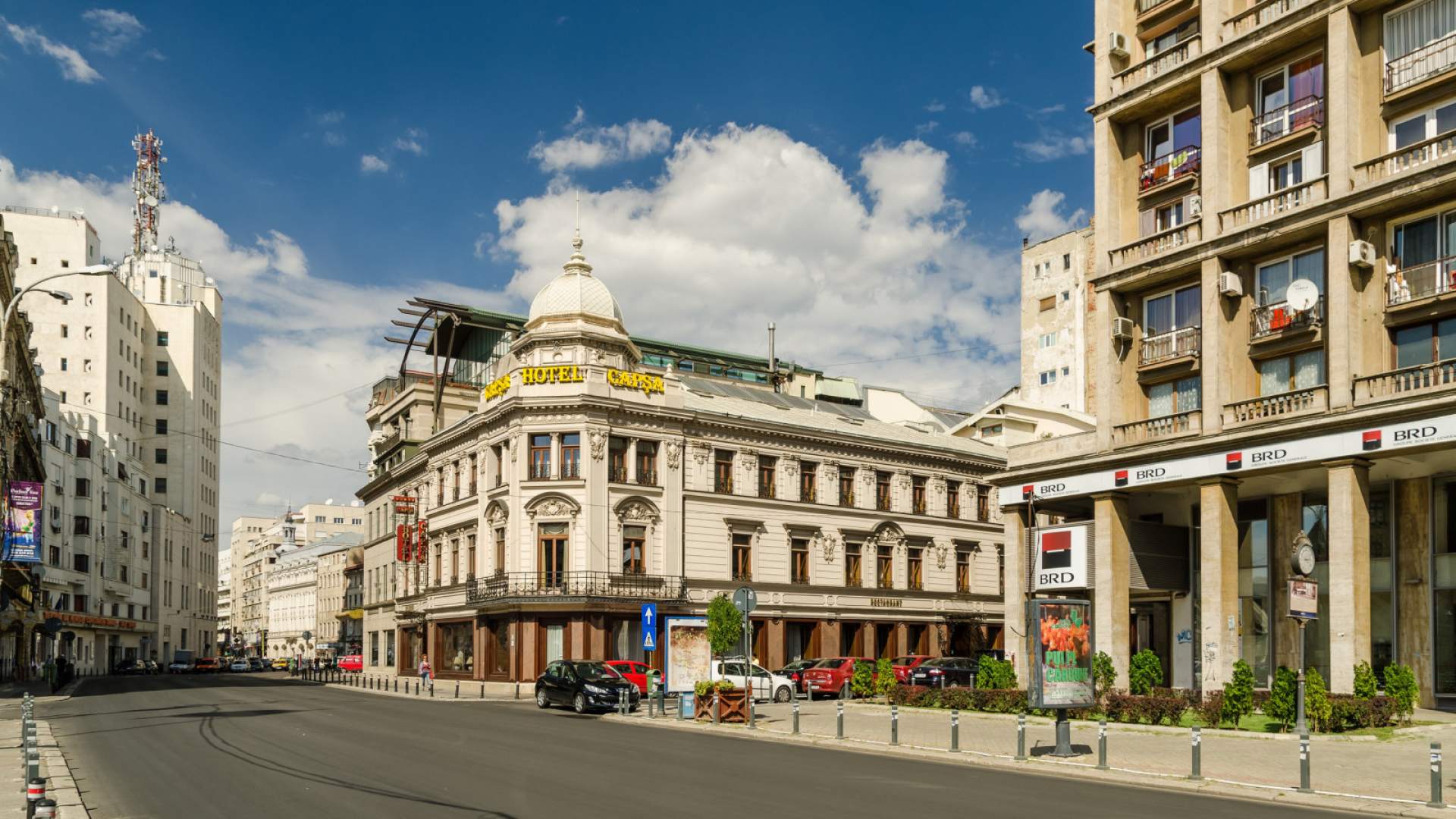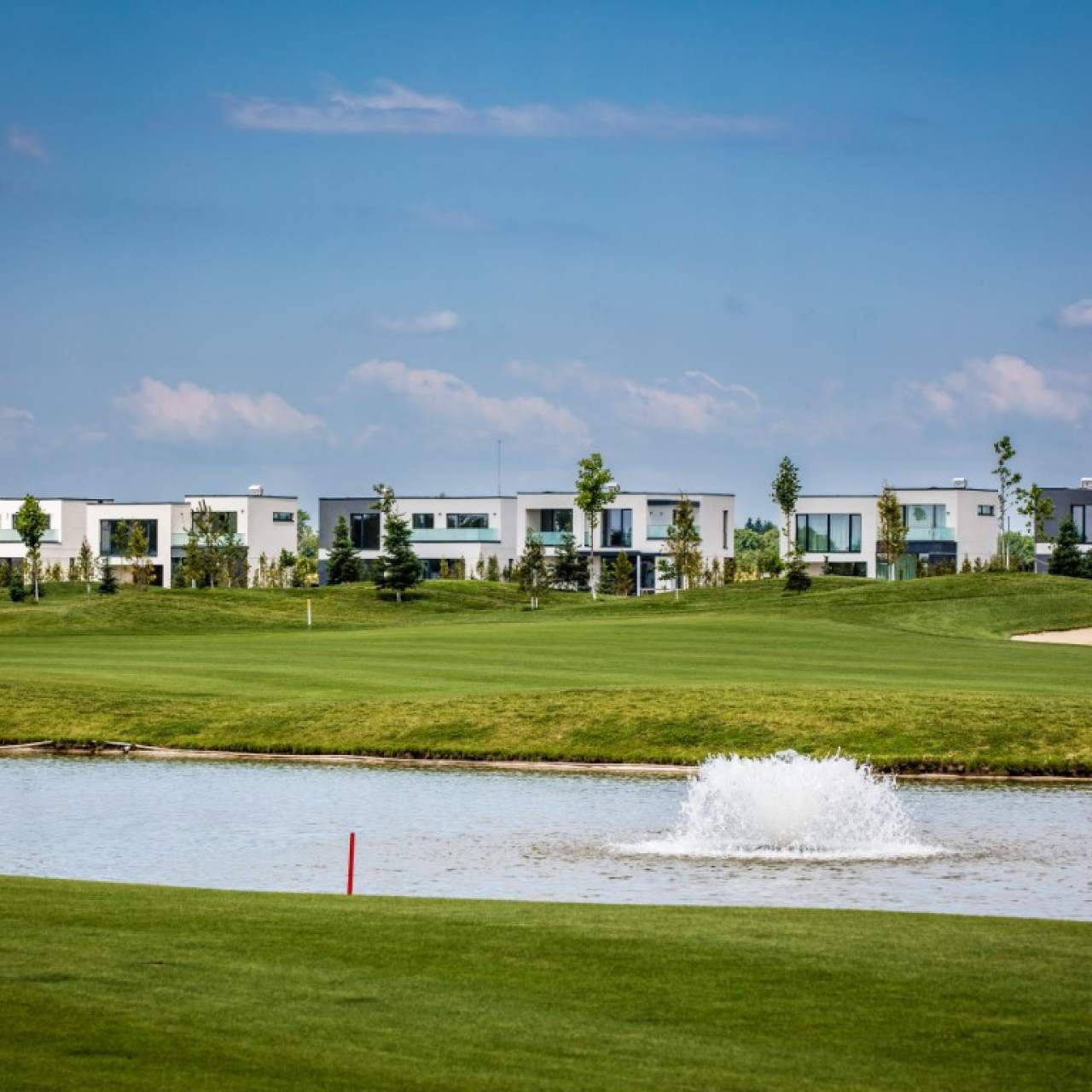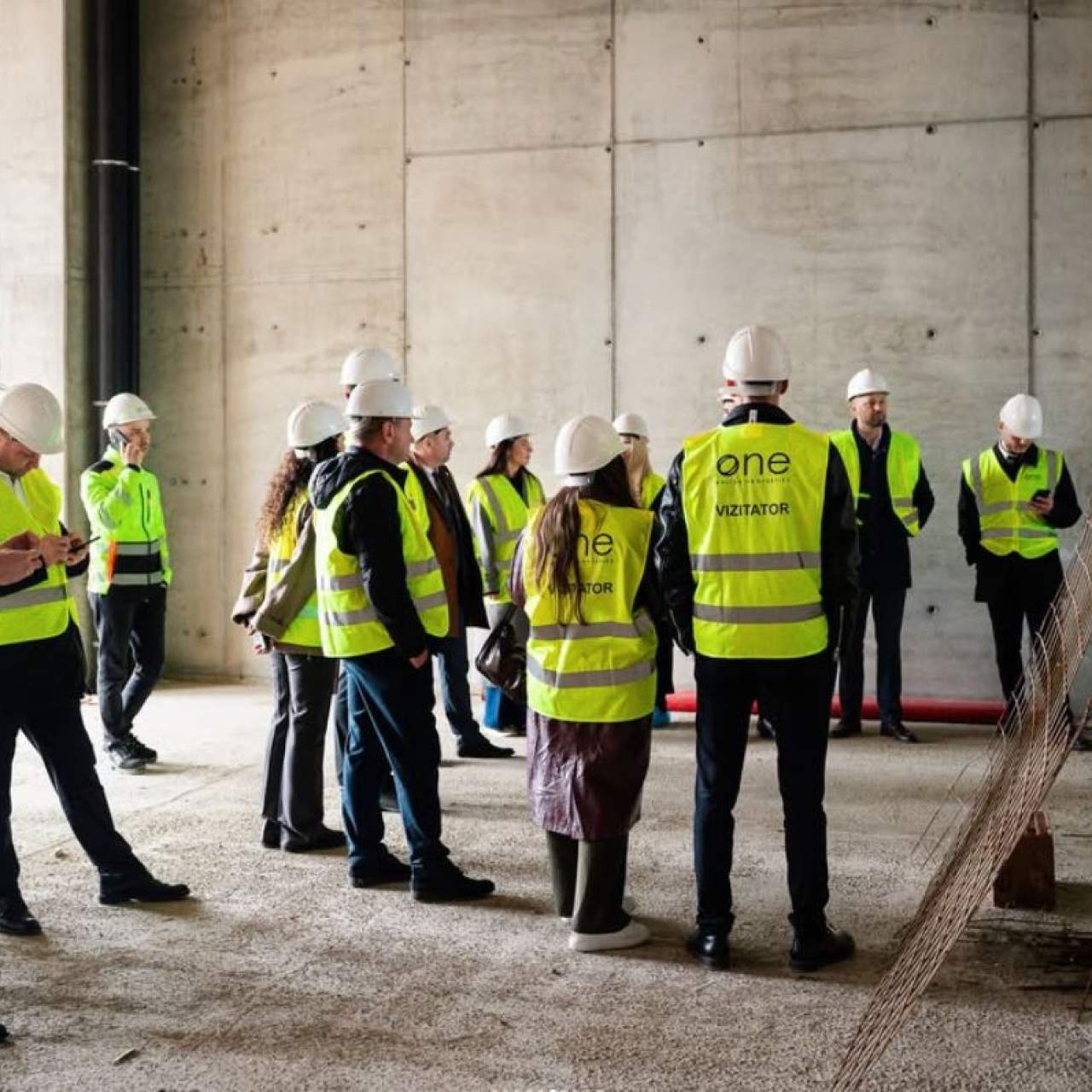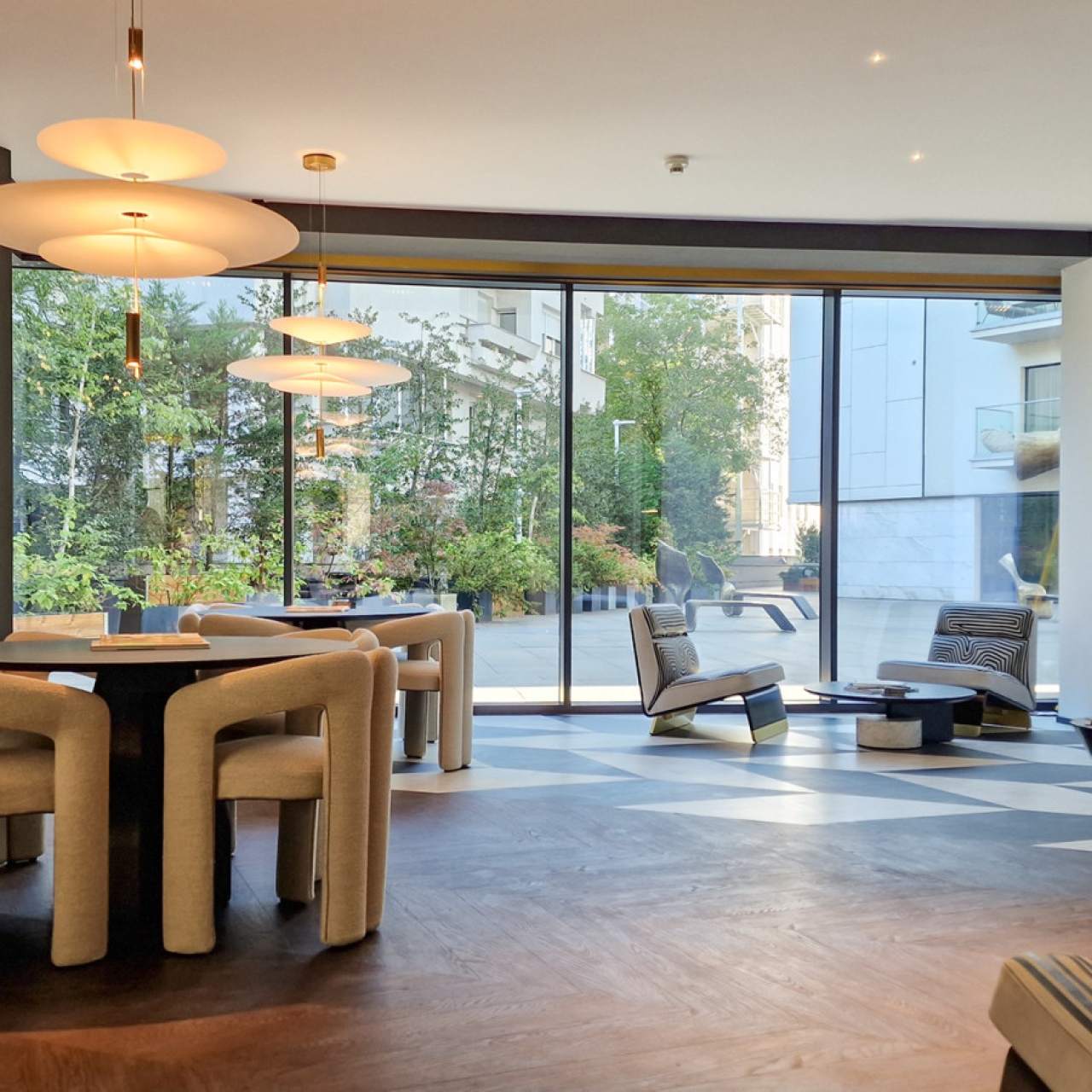
Calea Victoriei - past and present
Covering 2.7 kilometres length, between Victoriei Square and United Nations Square, Calea Victoriei is today one of the most important arteries of the Romanian capital. In the past, however, it was not part of the city plan, nor did it always bear the same name.
How did it gain this status and what role did it play in the history of Bucharest?
Its story begins more than three centuries ago, with the accession of the ruler Constantin Brâncoveanu, who in 1692 decided to unite Uliţa Mare spre Sărindar and Calea Braşovului to form a new road, the Mogoşoaiei Bridge. The name was representative of its role: to link the Royal Court on the bank of Dâmbovița to an estate of its own, located in Mogoşoaia (where the ruler built the palace of the same name).
Eight-meter-long oak trunks were used to pave the road, and ditches were placed on either side to drain rainwater. However, "accidents" often occurred, as pedestrians often slipped in the mud under the bridge, especially because of the lack of sidewalks and light posts, as some writers say.
Mogoşoaiei Bridge is often considered the first urban planning project of Bucharest, and this is because the land on which it was built has undergone important changes as it had to cross the estates of important boyar families.
Modernization work begins in 1824 when the road was paved with river stone. Four decades later it would be paved again with cubic granite stone imported from Scotland, while the first asphalting takes place at the beginning of the 20th century.
Over time, more and more rich people choose to build residential homes along this artery, thus Mogoşoaiei Bridge becoming one of the most important meeting places of the "high society" and also a commercial hub, thanks to the luxury shops, restaurants, and hotels open in the area, along with churches and institutions. Its development at that time peaked when the boyar Dinicu Golescu built a house that was later used as a royal palace. Alexandru Ioan Cuza, Carol de Hohenzollern and other important personalities have lived here over time. Between 1930 and 1937, after it was demolished, the Royal Palace, nowadays known as the National Museum of Art, was built in its place.
With the entry of the Romanian troops victorious in the War of Independence into the city, on October 8, 1878, the Mogoşoaiei Bridge would change its name to Calea Victoriei (Victory Path). After this historical moment, the headquarters of several institutions were opened here, such as the Post Office Palace (today the History Museum), the CEC Palace, the Romanian Academy, and others.
In 1882, it became the first street in Bucharest on which electrical installations were installed, following the torches soaked in fuel oil or resin used in the past.
After 1948, with the establishment of the communist regime, many buildings that bordered it were demolished or transformed into residences of party members.
Among the many historical monuments that can be admired today on a walk on Calea Victoriei there are the National Museum of Romanian History,
the CEC Palace, the Cantacuzino Palace, which houses the National Museum "George Enescu", the Romanian Athenaeum, the Central University Library, Capsa House and the Senate Palace. The road is also home to several well-known churches: the Church of Our Lady, the Crețulescu Church, and the White Church. Over time, shops and workshops have been replaced with contemporary shops, from small boutiques to fashion houses, which invite you to a shopping session.
Although its history of over 300 past years has been marked by spectacular transformations, Calea Victoriei remains today one of the liveliest places in Bucharest. Every day of the week, you can feel the bustle of the city here, both on busy mornings, when cars, electric scooters, or bicycles fill the road, taking a mosaic of people to modern office buildings, but also in the evenings, when cafes, restaurants, and bistros are waiting for their customers for a quiet dinner or a meeting with friends. The weekends also bring an extra charm, because during summer, on Saturdays and Sundays an important part of Calea Victoriei - between Victoriei Square and United Nations Square - becomes pedestrian, leaving passers-by to fully enjoy the beauty of the place, the social, and cultural events organized here.
Data for this article was obtained from historia.ro şi wikipedia.org. Photo credit: ©radub85/123RF.COM.
Inspired by the article?
Explore apartments in neighborhoods worth discovering:


